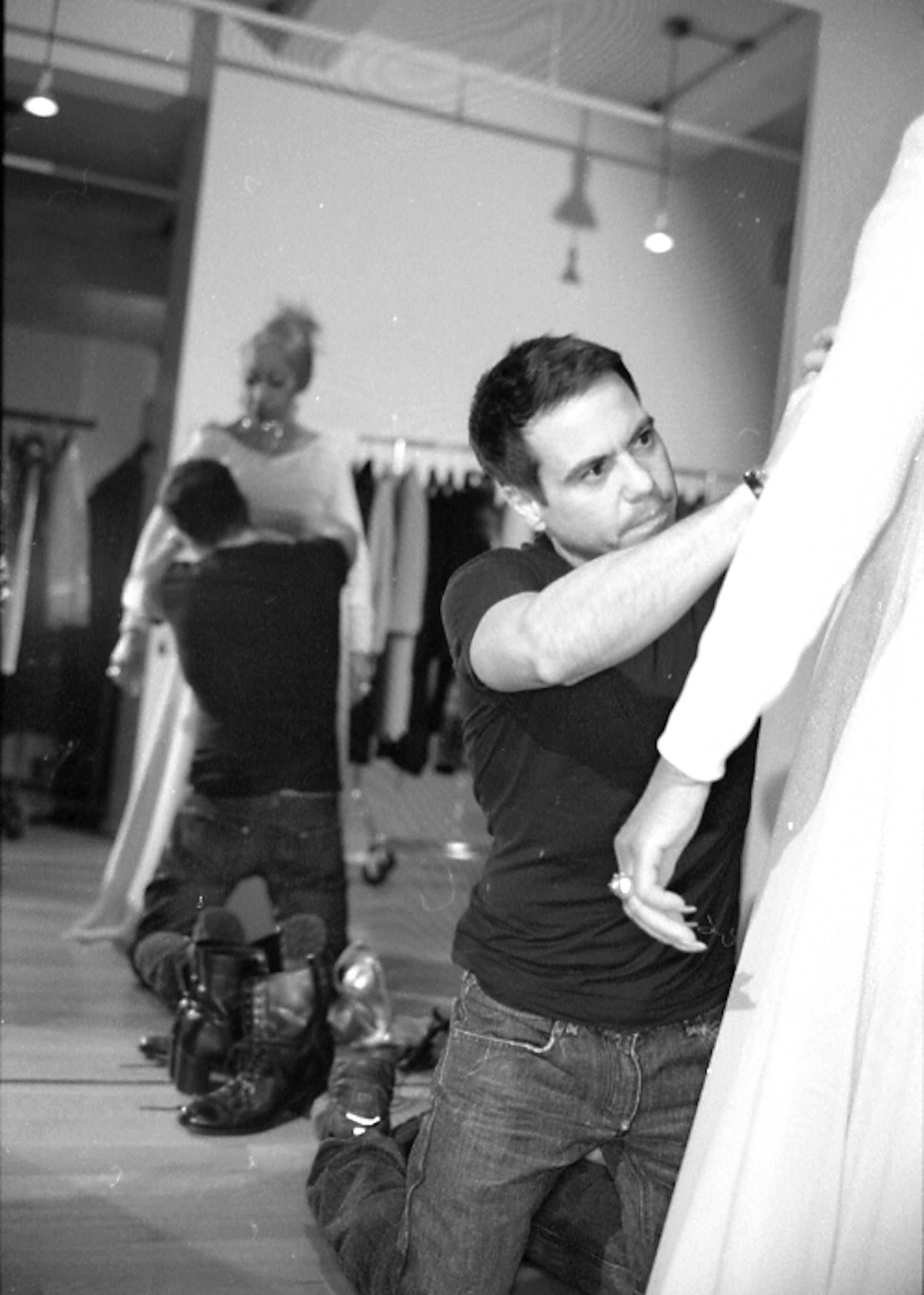























It is with great pride that we are able to announce that the Smithsonian’s National Portrait Gallery in Washington, D.C. has chosen a portfolio of 18 limited edition portraits from our Cuba Out of Cuba series for their permanent collection. Also included, is what the National Portrait Gallery has called the iconic photograph of Celia Cruz (“¡Yo soy de Cuba la voz - Guantanamera!”) from the cover of our book, Presenting Celia Cruz. We are both proud and honored to have been able to introduce these portraits of Cubans into the permanent collection of the National Portrait Gallery.
Below is a list from the Cuba Out of Cuba portfolio at the NPG:
Celia Cruz
Israel "Cachao" Lopez
Paquito D'Rivera
Gloria Estefan
Emilio Estefan
Arturo O'Farrill
Carlos “Patato" Valdés
Andy García
Cristina Saralegui
Carmen Herrera
Emilio Sanchez
Enrique Riverón
Luis Cruz Azaceta
José Bedia
Isabel Toledo
Narciso Rodriguez
Adolfo Sardiña
Nilo Cruz
Nena Goodman
Aside from the above mentioned portfolio, we have donated the following portraits :
“Las cinco Carolinas” (Carolina Herrera)
Los maestros, Israel “Cachao” Lopez with “Bebo" Valdés
“Mira qué linda me veo II” (Celia Cruz)
We began the Cuba Out of Cuba portrait series in 1994 while commissioned for a shoot for Art & Antiques Magazine featuring Cuban artists that had lived in the United States for many years as well as those that had recently arrived from Cuba. This series soon expanded to include musicians, writers, actors, fashion designers, etc. This project is very close to our hearts and is a documentation of the Cuba we grew up in, which is the Cuba that is outside of Cuba.
The National Portrait Gallery tells the multifaceted story of America by portraying the people who shape the nation’s history, development and culture.
Please feel free to contact us if should have any queries or you'd like further information.
by Alexis Rodríguez-Duarte in collaboration with Tico Torres
alexis@alexisrodriguez-duarte.com
www.alexisrodriguez-duarte.com
Essay by Curatorial fellow Patricia Ortega-Miranda
Cataloguing Virtuosity and Making Iconic Portraits
Cataloguing is the kind of tedious work that has the advantage of bringing you closer to an object. Not only do you get to know an object better by meticulously perusing its surfaces and taking measurements, but there is also the care that goes into the whole process, and the relationship that grows out of gentle handling and slow looking.
Cataloguing photographs immediately turns you into an archivist. Information flows from the static image and into what photography scholars call the “photographic situation.” Precisely because printed photographs resist the scrolling impulse experienced with digital photography, when confronted with their materiality you are taken in through the pulsating depth of their very presence, and each image lingers in your mind for a bit longer. Curatorial fellow Patricia Ortega-Miranda studies a photograph of Emilio Sánchez
This summer I was lucky enough to be selected as a fellow at the Latino Museum Studies Program, sponsored by the Smithsonian Latino Center, to assist the National Portrait Gallery’s curator of Latino Art and History, Taína Caragol, and associate curator of Photographs, Leslie Ureña, with the cataloguing of the recently acquired portfolio “Cuba Out of Cuba”, which took place in 1997 at the Miami-Dade Public Library in Florida, and brought the outstanding work of Alexis Rodriguez-Duarte and stylist Tico Torres to an audience extremely familiar with many of the figures portrayed.
Reading through Rodriguez-Duarte and Tico Torres’ own accounts, “Cuba Out of Cuba” was the result of many years of tireless running around with a camera, capturing some outstanding figures—and some lesser known—through iconic images that celebrate the life and legacy of a diasporic community of Cuban exiles. But what is most compelling about the series, is the way in which the photographs present the sitters through dynamic planes and ingenuous perspectives that serve to emphasize their being in a particular space, alongside certain objects that, metonymically, reveal something about them.
If there is one theme that unifies these portraits, it is the inescapable feeling of nostalgia that defines the experience of exile. Albeit of all fashionable definitions, these portraits speak mainly of virtuosity. The encounter with the sitter appears itself as a special moment in the life of the photographer, who positions himself as a privileged witness. Thus, the photograph does something beyond immortalizing a fortunate encounter, it emphasizes the sitter’s unique talent.
¡Yo soy de Cuba la Voz, Guantanamera! by Alexis Rodríguez-Duarte in collaboration with Tico Torres, 1994; National Portrait Gallery, Smithsonian Institution; © 1994, Alexis Rodríguez-Duarte
The year is 1994 and Celia Cruz, The Queen of Salsa, The Voice of Cuba, appears at the Fairchild Tropical Garden in Coral Gables, Florida, dressed in an elegant yellow rumbera dress with arms wide opened, extended outwards. She stands in an expressive and most correct singing posture, surrounded by palm trees and clear blue skies. Cruz’s virtuosity as a singer and performer meets the photographer’s artistic vision and the result is an iconic image; a compelling depiction of the famous sitter, whose likeness has been artfully captured through a synthesis of iconic elements.
When recording hand-written notes left on the verso, the photographs become residues of a personal memory that is part of a larger series of events. The portraits of artists José Bedia and Luis Cruz Azaceta take us to the exhibition organized by MoMa in 1993 “Latin American Artists of the 20th Century”. While this somewhat incomplete survey of Latin American art excluded important artists who, as a consequence, have remained largely ignored; Rodriguez-Duarte’s portraits of artists such as Carmen Herrera, Enrique Riverón and Emilio Sanchez inscribes their historical presence.
Cataloguing reveals a whole lot about photographs and their environments; the archivist enters this system of relations through direct contact with the object. In the particular case of portraits, much is learned through the process of collecting data. Somewhere between research and close examination, I discovered how these portraits constitute points of encounter between the sitters’ self-making and the photographer’s creative outlook.